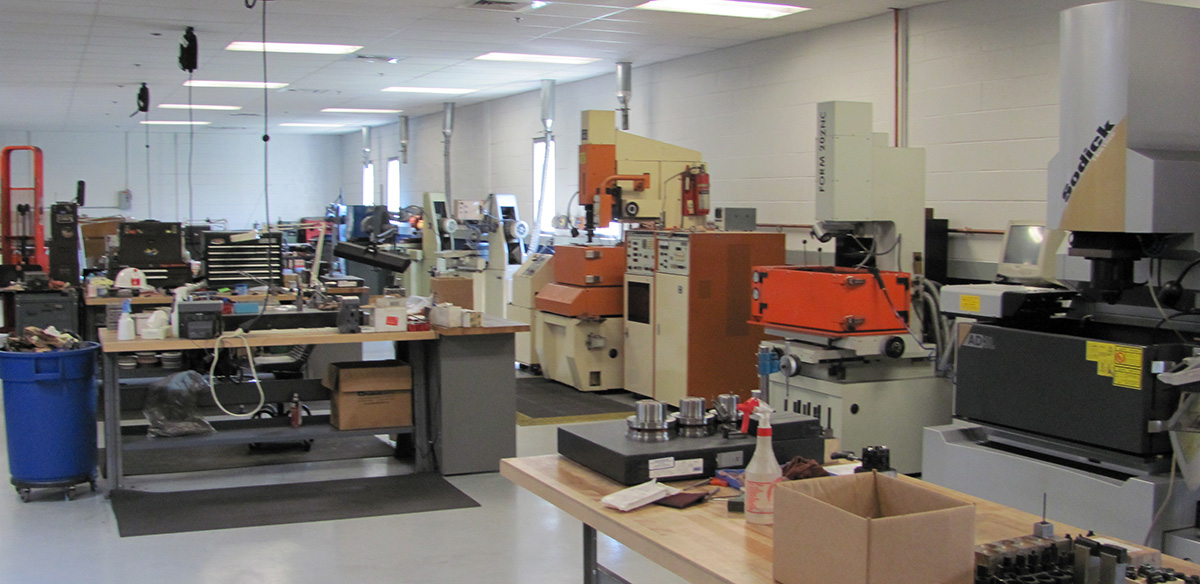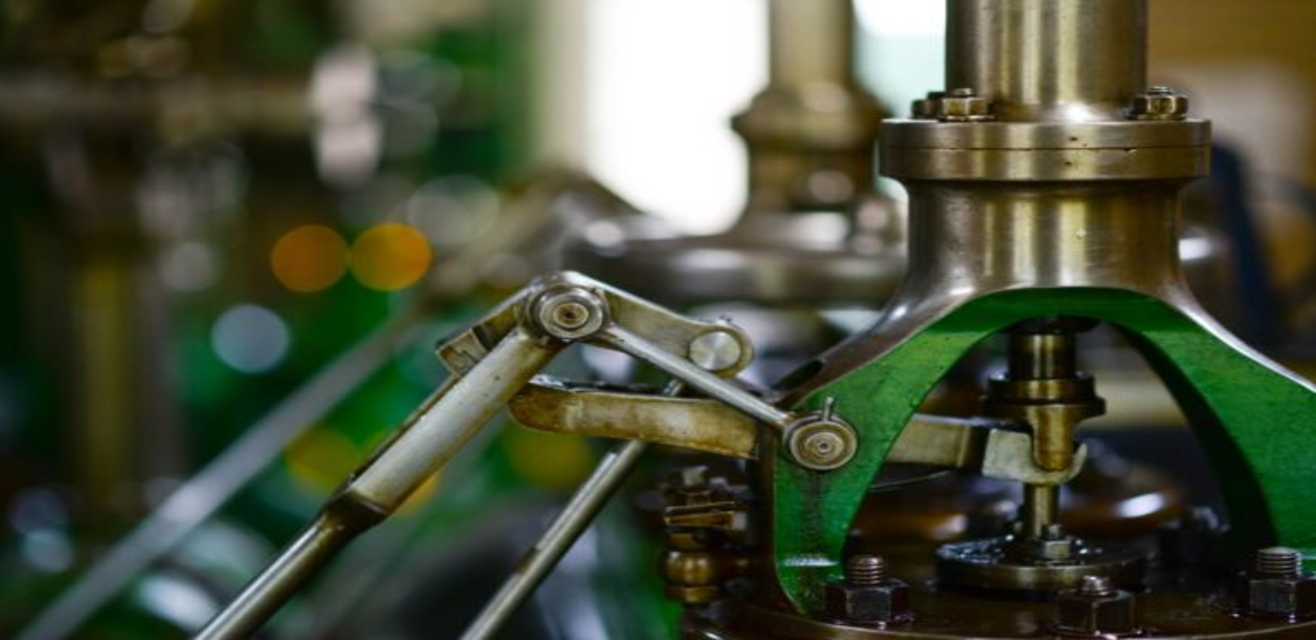The design phase is where most injection molding problems begin. Here are five common mistakes—and how to avoid them:
- Undercuts
What it is: An undercut is a feature that interferes with the direct ejection of the molded part from the tool. These may include hooks, threads, or holes that are perpendicular to the parting line.
Why it matters: Undercuts require complex tooling solutions such as side actions, lifters, or collapsible cores. These not only increase tooling costs significantly but also add to maintenance and cycle time.
How to avoid it:
- Redesign features to be mold-friendly (e.g., using snap fits instead of threaded fasteners).
- When undercuts are necessary, consult your molder to determine the most cost-effective way to mold them.
- Inconsistent Wall Thickness
What it is: Wall thickness that varies significantly across a part’s geometry.
Why it matters: This leads to uneven cooling during the molding process, which can cause:
- Warping
- Sink marks
- Voids or internal stresses
- Longer cycle times
How to avoid it:
- Maintain uniform wall thickness wherever possible (ideally between 1.5 mm to 3 mm depending on material).
- If variations are necessary, use gradual transitions with ribs or gussets to balance out thicker areas.
- Overly Tight Tolerances
What it is: Specifications that require dimensions to be held to extremely narrow limits (e.g., ±0.001 inches) across the entire part.
Why it matters: Tight tolerances significantly increase mold cost, slow down production, and lead to higher rejection rates. They may also be unnecessary for many non-critical features.
How to avoid it:
- Apply tight tolerances only to mission-critical areas.
- Use geometric dimensioning and tolerancing (GD&T) to clearly communicate functional requirements.
- Let your molder advise on what tolerances are realistically achievable based on material and process.
- Sharp Internal Corners
What it is: 90-degree inside angles or other abrupt geometry changes.
Why it matters: Sharp internal corners:
- Act as stress concentrators that can cause the part to crack under load.
- Increase tool wear and reduce mold life.
- Are difficult to machine cleanly into the mold.
How to avoid it:
- Use radii or fillets (typically 0.5× wall thickness or greater) to smooth transitions.
- Maintain a consistent corner radius throughout the part for even stress distribution.
- Lack of Draft Angles
What it is: Straight, vertical walls with no taper.
Why it matters: Without draft (a slight angle relative to the mold’s opening direction), parts will stick to the mold. This can:
- Damage the part during ejection
- Increase cycle times
- Cause cosmetic defects like drag marks
How to avoid it:
- Add at least 1–2° of draft to all vertical surfaces.
- For textured surfaces, increase draft to 3° or more.
- Use draft early in the design—adding it later can alter critical dimensions.
Design Smart, Mold Smarter
The earlier a molder is brought into the design process, the smoother production will go. At ProMold, we specialize in Design for Manufacturability (DFM) reviews that catch issues before they become expensive problems. Our engineers work directly with your team to optimize geometry, reduce costs, and enhance overall part performance—without compromising your vision.
Have a design ready to review? Let’s review it together. A 20-minute conversation could save you months of frustration—and thousands in unnecessary tooling changes.





